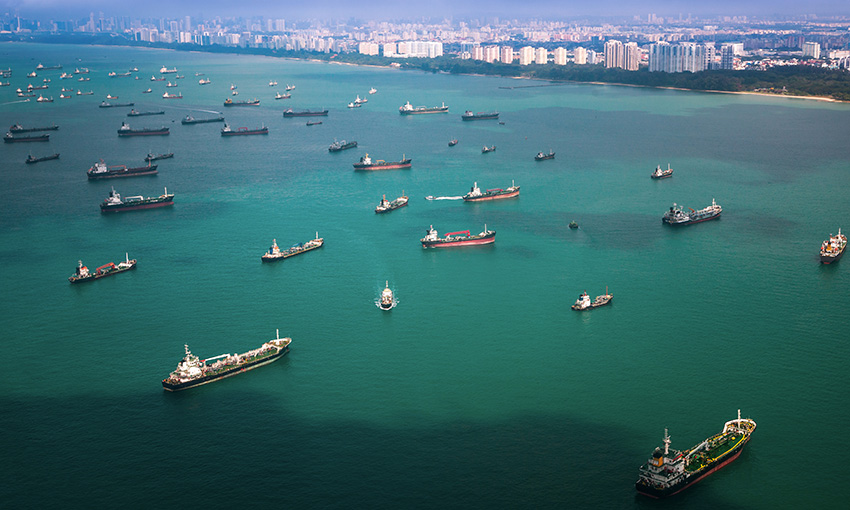THE MARITIME and Port Authority of Singapore has traced the likely source of contaminated fuel, which was delivered to upwards of 200 ships at Singapore, to fuel onboard a tanker that was loaded at Port of Khor Fakkan in the UAE.
MPA was notified on 14 March that ships had been supplied with high sulphur fuel oil that contained high concentrations of chlorinated organic compounds.
The port authority commenced investigations and traced the contaminated HSFO back to fuel purchased by Glencore in January and February 2022.
MPA said Glencore had purchased the fuel through Straits Pinnacle, which had contracted its supply from Unicious Energy.
The contaminated HSFO was loaded at the Port of Khor Fakkan, UAE onto a tanker and shipped to floating storage facilities in Tanjong Pelepas, Malaysia to be further blended, according to MPA’s investigations.
The blended HSFO was subsequently delivered to storage facilities in Singapore. Part of the blended HSFO was also sold by Glencore to PetroChina International.
“To ascertain the source of contamination, MPA tested fuel samples taken from various sources, including the tanker which delivered the HSFO from the Port of Khor Fakkan, fuel blending facilities, and storage facilities of Glencore and PetroChina,” MPA said in a statement.
“Fuel onboard the tanker was found to contain high concentrations of COC, of up to 21,000 ppm. Forensic fingerprinting analysis of the fuel samples taken from the tanker showed a match with the samples taken from several affected ships that had taken HSFO from Glencore and PetroChina. The forensic fingerprinting analysis established with reasonable certainty that contaminated fuel onboard affected ships had likely come from the same source of fuel onboard the tanker that was loaded at Port of Khor Fakkan, UAE.”
MPA said PetroChina and Glencore had promptly taken the necessary steps to stop supplying the affected fuel.
“MPA has not received any report of fuel containing high COC supplied by the two suppliers since 31 March 2022,” the port authority said.
As a global bunkering hub, MPA said it takes bunker quality assurance seriously. MPA’s quality fuel assurance measures comprise the Bunker Quality Inspection System (BQIS) and the Intensified Bunker Quality Checks (IBQC).
The BQIS tests the quality of bunker supplied to vessels while the IBQC tests bunker carried by bunker tankers before supply to vessels. On average, over 1,300 bunker samples are tested annually under BQIS and IBQC to verify compliance with ISO 8217. While the occurrence of COC is rare in bunkers, MPA will include COC to the list of chemicals to be tested under both BQIS and IBQC with immediate effect.
MPA and the Singapore Shipping Association are currently in discussions with the industry on measures to strengthen the quality assurance of bunkers supplied in Singapore. MPA and SSA will co-chair an industry expert group, which will include relevant professional bodies, to establish a list of chemicals to be tested and their corresponding concentration limits. The expert group is expected to make its recommendations on additional measures to strengthen bunker quality assurance of bunkers delivered in Singapore, on an urgent basis.
MPA said it has also raised this issue at the international level. At the recent International Maritime Organization Maritime Safety Committee (MSC105) working group meeting on “Measures to enhance safety of ships related to use of fuel oil” held between 20 and 29 April 2022, MPA informed the meeting that a paper on the recent contamination case will be submitted in due course for member states’ awareness.





